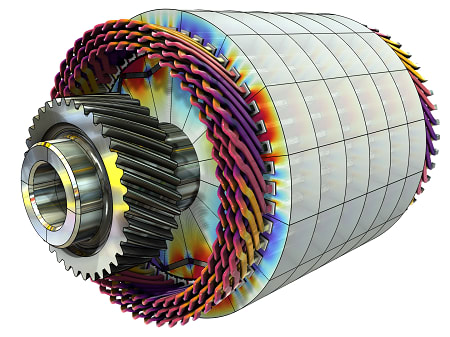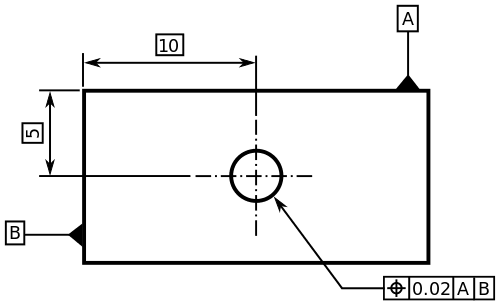greg2835
Industrial
- Sep 25, 2013
- 52
One example uses parallelism and perpendicularity while the other uses profile. I'm sure they are inspected differently but are they geometrically the same thing?
Thanks in advance,
Greg
Thanks in advance,
Greg




